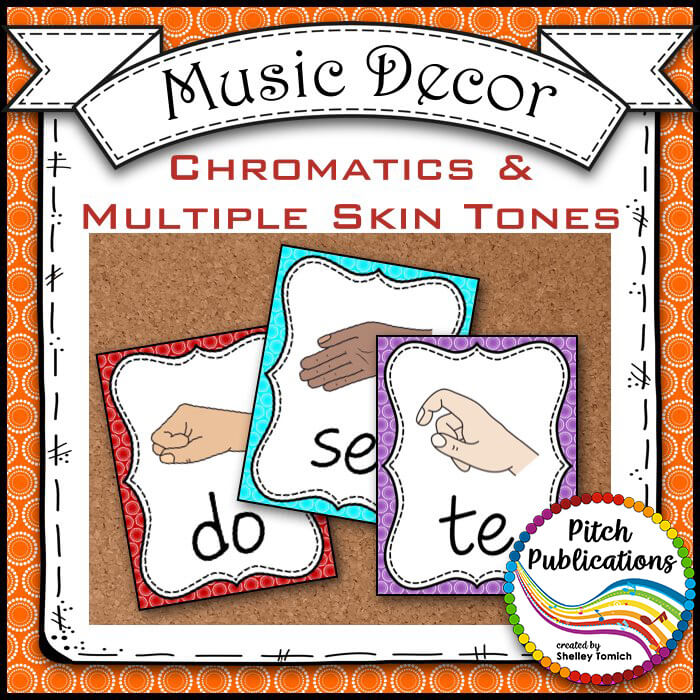
The interval between two notes on the chromatic scale is called a semitone or half-step and two semitones is referred to as a tone or whole step. watch?v=yTGSIMfjjIU” What is the interval between the tones of the chromatic scale?

Counting by half steps, an octave includes twelve different pitches, white and black keys together. It is made up entirely of successive half steps, the smallest interval in Western music….

What intervals make a chromatic scale?Īll of the pitches in common use, considered together, constitute the chromatic scale.
#Solfege chromatic plus
Western music typically uses 12 notes – C, D, E, F, G, A and B, plus five flats and equivalent sharps in between, which are: C sharp/D flat (they’re the same note, just named differently depending on what key signature is being used), D sharp/E flat, F sharp/G flat, G sharp/A flat and A sharp/B flat. There will always be 5 single notes – 5 letter names that are only used once.A letter name may be used twice in a row, but never more than twice in a row.Each letter name is used at least once.The Chromatic Scale must start and end on the same Tonic note.

watch?v=4CRZ0XcSD8A” How do you make a chromatic scale? That pattern is the chromatic scale, and it is created by simply ascending (or descending) by half-steps and thus playing all possible pitches. The 12 discrete pitches within an octave are C, C-sharp/D-flat, D, D-sharp/E-flat, E, F, F-sharp/G-flat, G, G-sharp/A-flat, A, A-sharp/B-flat, and B. My guess is that the page you referenced is just an error on his part, but it's possible that he's decided to change his recommended pronunciation, though I'd be surprised if that were the case as he's been using chromatic notation himself for decades (since 1960's I think.What is the pattern of a chromatic scale? (Note to Ray about my use of ge instead of ga - I'm going by Brennink's printed book on chromatic notation in which he refers to A#/Bb as gé and gives the pronunciation "gay" which in my head has become ge without the accent. Thus C#/Db D#/Eb F#/Gb G#/Ab A#/Bb become ba pa ke vi ge respectively. So with chromatic notation the need for #/b accidentals is eliminated (along with key signatures and clefs,) so it is very appropriate to give the 5 "black key" notes their own proper names. Even notating the simplest 12-tone pieces is very unintuitive with this notation system. The #/b accidentals are a kind of hack onto this old system which can use to change the keys of our 7 note scales but become a real mess when dealing with music which changes key a lot, or uses scales with more than 7 notes.

In traditional notation the solfege name for C#/Db for example, can be named with two methods:ġ) do "sharp" or re "flat" (where the English word for "sharp" or "flat" is replaced by the equivalent in whatever language you're speaking.)Ģ) di or ra where the vowel sound for do has been changed to di to reflect that the note has been made sharp, or the vowel sound for re has been changed to ra to show that it's flat.īoth of these examples reflect the fact that traditional notation predates our 12 chromatic notes and was truly designed for 7 note scales only. The only difference between the chromatic notation solfege names and the traditional solfege names is on the 5 "black key" notes which require accidentals (#/b) in traditional notation.


 0 kommentar(er)
0 kommentar(er)
